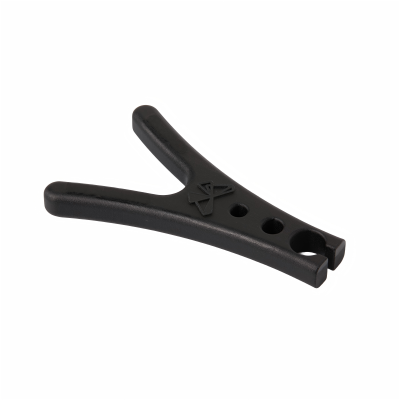Compare 3D Printing Materials
Explore and compare 3D printing materials to find the best fit for your project. From durable plastics to flexible resins, our guide highlights key properties like strength, flexibility, and surface finish, helping you choose the right material for prototyping, production, or custom parts.
Antistatic resin
Process: LCD
Antistatic Properties
3D printing antistatic resin materials are typically achieved by incorporating conductive fillers or ion-type additives into the resin, effectively reducing the material’s surface resistivity. These materials are specifically designed for applications in electronic devices, precision instruments, and other areas where static interference must be prevented. The material effectively suppresses static accumulation, ensuring that printed parts remain free from charge interference during use, while maintaining excellent mechanical properties and precise printing details. Whether for manufacturing sensitive components or performing high-precision assemblies, antistatic resin is the ideal choice.
PC-Like Translucent
Process: SLA
Transparency, Stiffness
PC-like translucent material combines excellent translucency with high stiffness, making it an ideal choice for precision components. Through customized post-processing, functional light-transmitting effects can be achieved, delivering both aesthetic appeal and performance. With high tensile strength and modulus, this material is especially suited for creating functional prototypes that emulate injection-molded polycarbonate, meeting the dual demands of mechanical performance and visual quality for engineering prototypes and small-batch production.
PA+GF
Process: SLS or MJF
Temperature Resistance, Durability, Dimensional Stability
PA+GF is a polyamide powder material reinforced with glass beads, which significantly improves stiffness and dimensional stability. Compared with unfilled polyamide, this material offers higher heat resistance and demonstrates excellent long-term wear performance. However, due to the addition of glass, its impact strength and tensile strength are relatively lower than those of other nylons.




